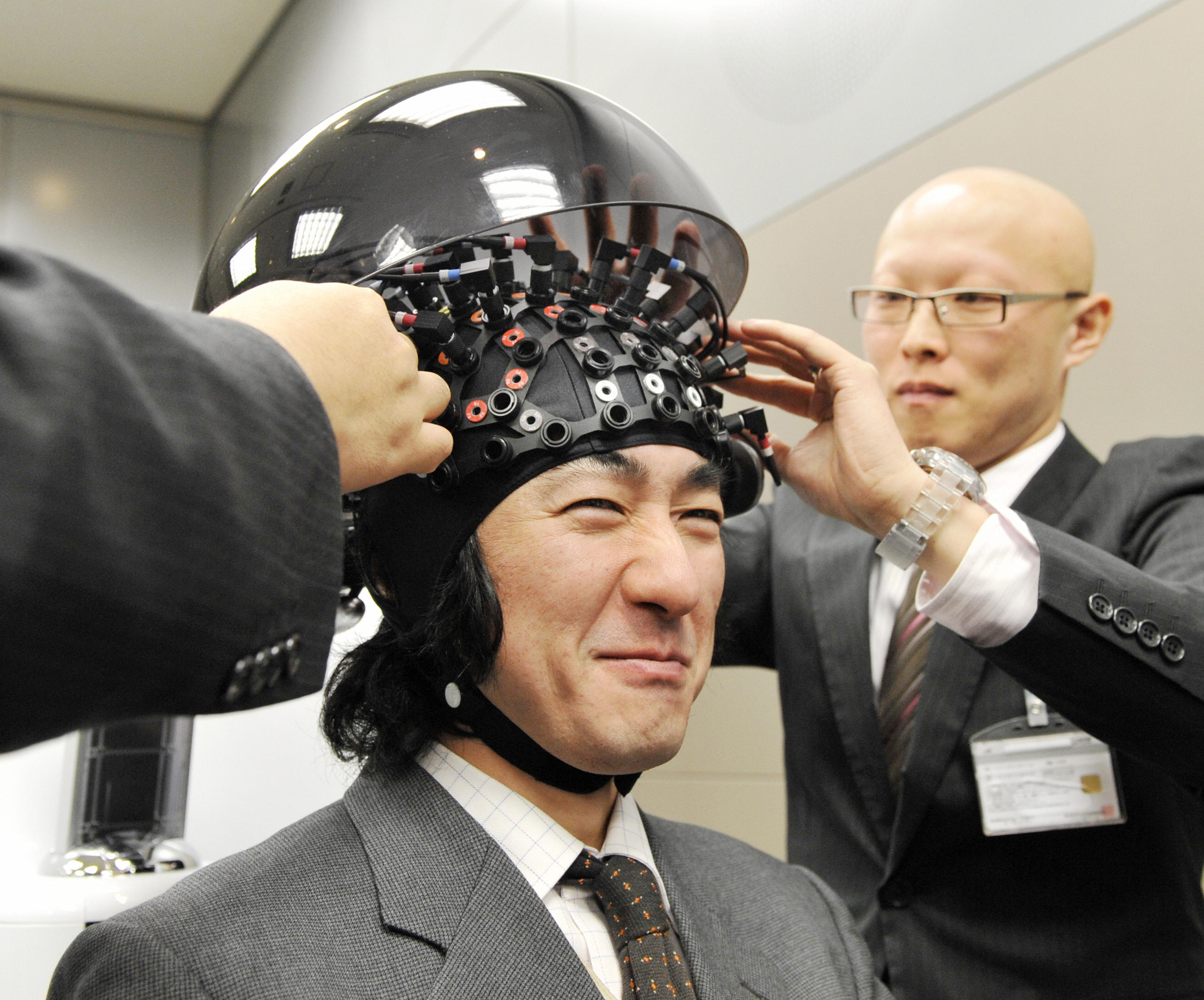Brain Implant Gives Rats Infrared Vision

What’s the Latest Development?
After training six rats to locate LED-lit ports in a special chamber, Duke neurobiologist Miguel Nicolelis and his team implanted electrodes into the sensory processing area of their brains and wired them to infrared cameras. When the camera detected infrared light, their whisker neurons would be stimulated, and the amount of stimulation would increase or decrease depending on the rats’ proximity to the light. Then the team put them back into the chamber after replacing the LEDs with infrared signals. After 26 days, all of the rats were able to locate the ports. Details of the team’s work was recently published in Nature Communications.
What’s the Big Idea?
Months after the initial experiment, the rats could still respond to infrared light as well as to whisker stimulation, suggesting that the neurons are flexible enough to identify different types of cues. For humans, the ability to “train” sensory neurons to respond to things that go beyond current capabilities — such as being able to “see” in infrared, or “feel” something with a prosthetic hand — could mean a future in which all senses can be artificially magnified.
Photo Credit: Shutterstock.com
Read it at Scientific American




